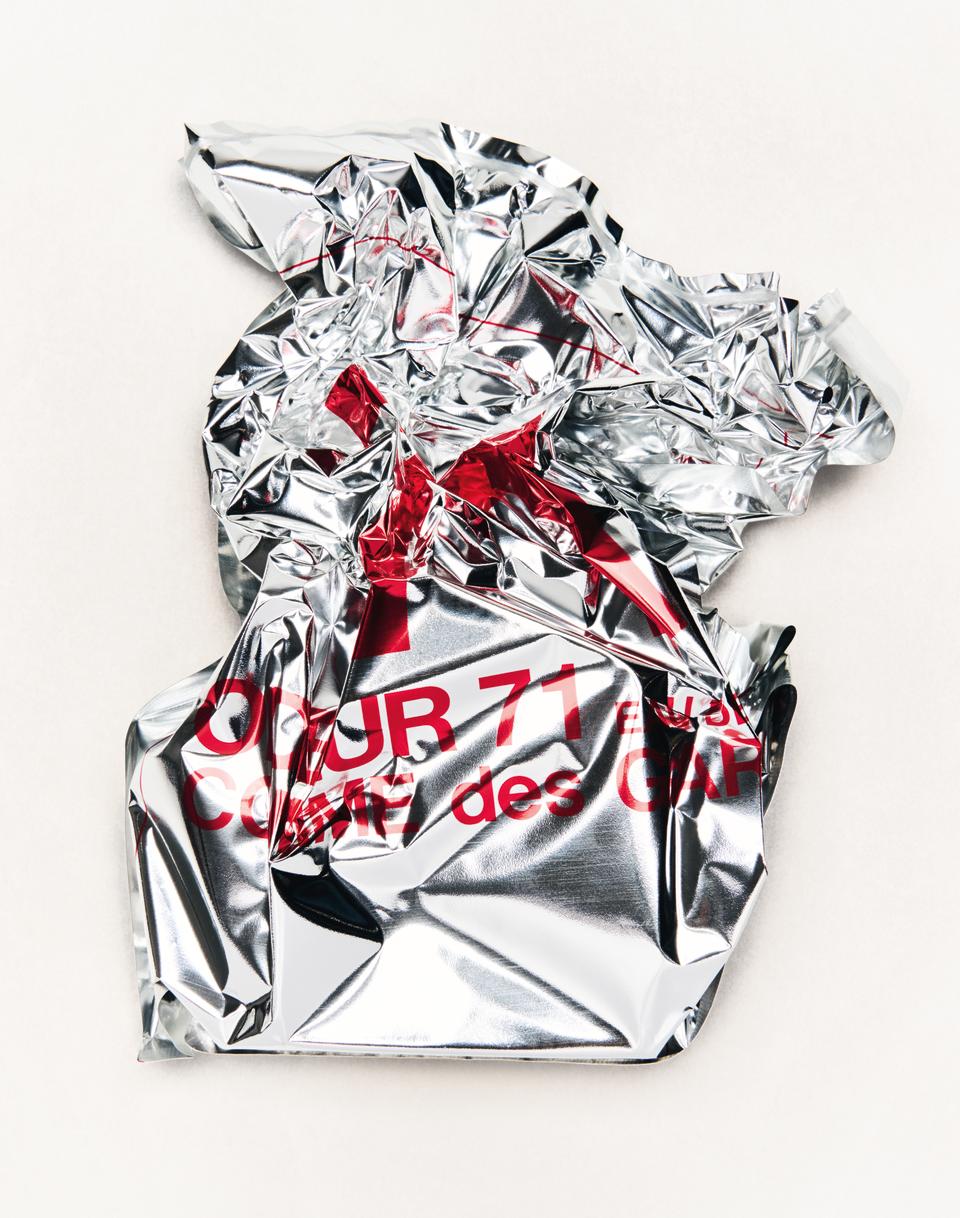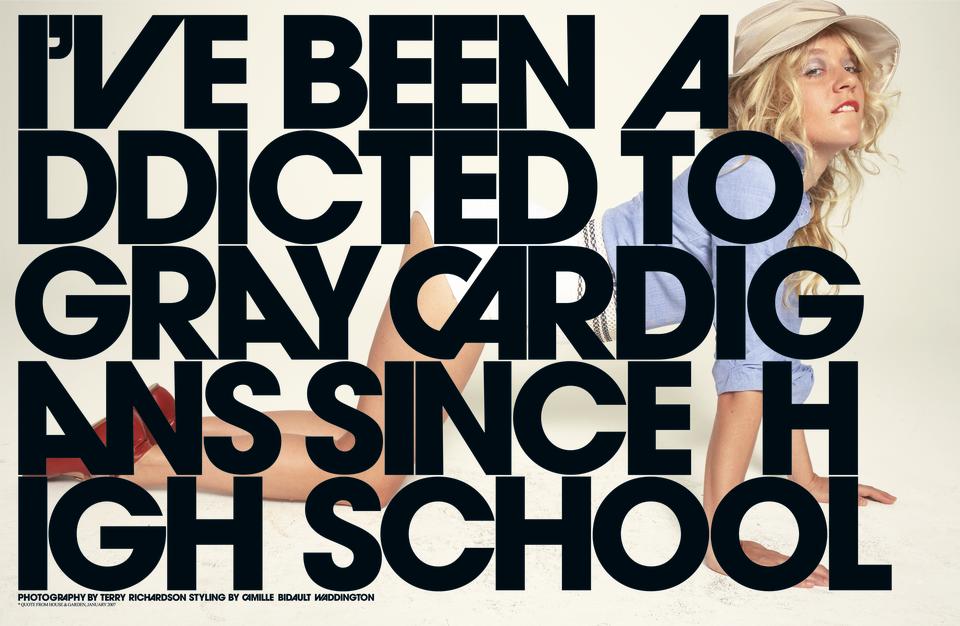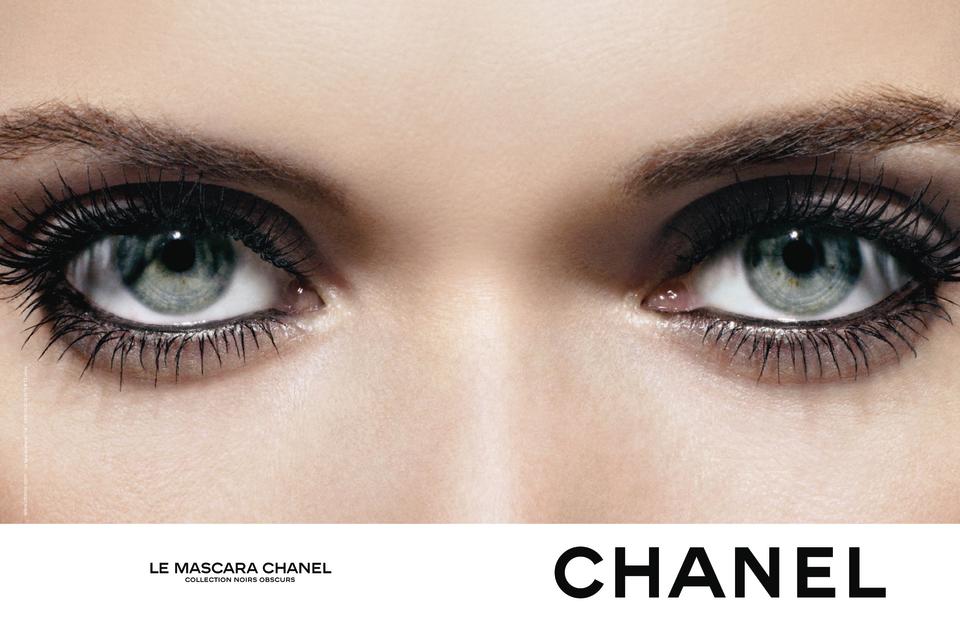Ezra Petronio, Art Director and Editor

“I love classic with disruption — that’s my style,” art director Ezra Petronio said, looking back on more than 25 years of editing Self Service magazine, running his creative agency Petronio Associates and taking Polaroids of thousands of famous people. “I like elegance and I like boldness.”
On Thursday, Phaidon will publish “Ezra Petronio: Visual Thinking & Image Making,” a large-format, $200 monograph showcasing graphic and product design for such brands as Chanel and Prada, typography, editorial covers and layouts, photos, art direction — and deep thoughts on all of the above.
More from WWD
1 Granary Spotlights Fashion Talents Behind the Scenes in New Issue
Joshua Glass Launches Family Style, New Quarterly Magazine at Intersection of Food and Culture
A familiar face in fashion’s front rows, and a behind-the-scenes power player helping brands craft compelling, coherent imagery, Petronio sat down with WWD at one of his favorite corner cafés in Paris to reflect on his career to date and how social media — and an accelerated fashion system — have transformed the landscape of image-making and brand-building.

“Art direction is a kind of job that requires a lot of different skill sets, from typography, graphic and editorial design obviously, but also copy writing,” he said, alternating sips of black coffee and Perrier. “Great image-making is the sum of many parts, and it’s a collaborative process.
“I love gathering talent, whether as an art director or as an editor.…I have a real curiosity and respect for other creative minds.”
He established his strategic agency Petronio Associates in 1993 and a year later cofounded, with stylist Suzanne Koller, the bimonthly, book-like Self Service, which he describes as a “time capsule” of every fashion season, and his “creative lab.”
“I don’t think I could live without doing a magazine,” he confessed, noting Self Service is now “more successful than it has ever been.”
It has a print run of about 20,000 copies, with a target sell-through of 85 to 90 percent. The next issue, with a cover price of 40 euros, hits newsstands on Sept. 28.
Petronio described the forthcoming Phaidon book — which features conversations with editor Jefferson Hack, photographer David Sims, stylist Jane How and soundbites from myriad others — as a vector for “transmission,” helping to restate the critical role of the art director, and hopefully inspire young people into creative careers.
He’s certainly learned much from such high-profile agency clients as Rei Kawakubo of Comme des Garçons and Miuccia Prada.
One of his early projects for Kawakubo was a text-only fashion-show invitation, emblematic of his penchant for strong fonts and unorthodox cropping. Three days before the show in Paris, a fax rolled in for Petronio at 4 a.m. Tokyo time, with a last-minute change: Kawakubo had circled the RSVP line and requested the text be enlarged by one point size.
“I was blown away,” Petronio marveled. “She was a mentor of precision, and we’re talking about absolute precision.”

Prada also dazzled Petronio many times over a trust-based, 12-year collaboration on perfume bottles, beauty packaging and advertising. Discussing campaign options for the Infusion d’Iris scent, Prada suggested hiring Irving Penn, then in his early 90s.
Petronio described a child-like glee having an audience with the legendary photographer, who “took a piece of paper and sketched this composition of the bottles, like his (topsy-turvy) wood sculptures.” One of Penn’s assistants Xeroxed the drawing, handed it to Petronio, and the art director treated it like a Holy Grail, excited to share with the Italian designer.
“She called and said, ‘Ezra, is there anything else? This is so boring. I want another idea,'” he related, confessing that he “melted” at the prospect of delivering the bad news to Penn’s agent. “But then I realized, she does not compromise.
“Precision and no compromise — I think those are values that helped me build the kind of work I’ve done.”
Born in New York City, Petronio grew up in a creative household. His grandfather was a typesetter, his mother a tap dancer and his father an art director at ad agency TBWA in Paris, meaning he found himself on the set of Kenzo photo shoots at the age of seven. He studied at Parsons School of Design under art director Henry Wolf, famous for his impact on Bazaar and Esquire in the ’50s, and was the editor in chief of the student newspaper.
“I loved magazines very early on,” he said. “I love the power of a magazine in the sense of its capacity, whatever the size, to represent a community and to fight for its aspirations.”
Petronio boasts a strong signature as an art director. Call it blunt or direct, but you can always recognize who is in the photo, and read the text — except when he employs strange, deliberate word breaks, like Christopher Wool does in his paintings.

He’s agnostic whether big block letters obscures a fantastic photo, or if a model’s face gets cropped out entirely. It’s all about the composition, or the juxtaposition.
Simplicity, and timelessness are other descriptors that come to mind as you flip through the 424-page tome, discovering his perfume bottles, ad campaigns, Polaroids, fashion-show invitations, club flyers and packaging. He’s partial to shrink-wrapping, photo grids and intense eye contact from models.
“I’ve always played with disruptions, but always with a certain elegance, with a twist. I never turn it into something that is inelegant,” he mused.
His client roster over the years has included the likes of Yves Saint Laurent, Gucci, Chloé, Alaïa and Chanel for makeup and watches.

In 2016, he and his partner Lana Petrusevych set up another agency, Content Matters, that specializes in digital marketing and brand storytelling.
During the interview, Petronio was fearful of sounding negative or nostalgic, as if the good old days were better. Still he fretted about the breakneck speed of image creation, which threatens quality and coherence, and the tendency to lionize young talents too early, and to accept and celebrate mediocrity.
Here, the highlights of a wide-ranging, one-hour conversation:
WWD: Looking back at your career to date, what are some of the biggest changes you’ve witnessed in art direction and creative industries?
Ezra Petronio: The new, incoming generation did not have the time to mature, to develop their own voice, their own personality — meaning people were hired immediately from school and thrown into the real world very fast, whether it’s photographers, editors or designers. All that has impacted ideas and role models in the creative industry.
I think experience helps us navigate the industry today with a little bit more wisdom, and calm.
WWD: How has social media disrupted things?
E.P.: Today, the pace at which you need to produce, conceptualize, produce and deliver and communicate as a brand to your customers has radically changed. When I used to launch fragrances with companies, you could take three years. Today, you have six months.
The sheer volume of content brands need to produce today is ridiculous. Basically, it’s a constant flow of things that can lack quality, where the most important thing is to create an impact for a second.…I’m more of a purist on creativity, and I like strong ideas and strong branding. I mean, there’s some brands that manage the pace very well.…The bigger brands obviously have more means to do that.
A lot of the work that’s produced today lives for a day, two days, three days and then disappears in the void of the feed.
We as art directors have to adapt so that we’re able to provide a coherence.
I search for goosebumps, for hopefully emotion. A fashion show is where a brand must deliver an emotional statement.”
Ezra Petronio
WWD: How do you do that?
E.P.: We try in our relationships with clients to strip down the unnecessary and focus on the essential things.
[Fashion] is a huge entertainment industry.…The more you grow, the more you develop, the more you need to expand your reach, so anything goes. That’s why you have mega shows, influencers, celebrities, KOLs and all these things…and if brands don’t manage it in a very good way, then you can dilute the DNA, the essence of the brand.
WWD: What are the risks?
E.P.: A lot of brands associate themselves with influencers. Sometimes they’re targeting the equivalent of tabloids so there’s a cheapening of the associations just because there’s a need for an extensive reach. And that’s where I find social media disruptive.
A lot of brands are losing themselves in these associations that hurt their integrity, even if they do expand their revenue.
There’s a growing sense of of mediocrity. I think the values of the role models and the values that fashion projects carry today are perhaps not as noble as they were in the past in terms of fashion being a cultural engine, being a leader in social progress. But I think it’s cyclical. I don’t think this will last forever.
WWD: So you’re not pessimistic?
E.P.: I still have a lot of faith in our creative community in the fashion industry, as much as I can be critical at times. I still think there are a lot of great talented people out there who inspire me, some new people that come in with dreams or aspirations of wanting to change things. And I’m very inspired by creative collaborations.
WWD: Is that still the focus of Self Service?
E.P.: It has five staff [members]. Don’t forget, it’s only twice a year. We have 120 pages of advertising, a lot of editorials and it’s become quite a healthy business. I think it’s a beautiful reward for this constant integrity. We stayed faithful to our raison d’être, which is supporting emerging talents — photographers, stylists, designers. We’ve always given free ads to young designers and we still do today.
A lot of the brands now see the best of the high-end independent magazines as these kind of galleries, where you can present your brand image in an undiluted way.
WWD: Words seem integral to your art direction.
E.P.: I think creating a magazine is about the combination of words and images to express a concept or an idea. Certain ways of breaking up typography and words can give a tone, whether it’s irony or humor.
Great art direction in a magazine is about enabling the viewer to take a fascinating, visual roller-coaster ride — to be led from the cover to the back cover in an inspiring way. That’s what I love, creating a beautiful flow.
WWD: Fashion has stampeded toward Helvetica recently, as the go-to font for branding. What gives?
E.P.: I believe when you rebrand a logo, it’s one of the most complex things to be done. It requires a lot of humility to go back into the brand heritage to understand. It depends on the brief.
I love classic typefaces, but I love restructuring them, playing with them, combining them together.
WWD: When you look back on your work, do you see consistent threads?
E.P.: I don’t consider myself an artist. I consider that I use creative artistry to express what a brand wants.
I like to determine a kind of creative dogma for a brand. What are its creative values?
I like when things are to the point, very strong, very impactful and all the emotions are encapsulated in the image. And packaging must be strong and consistent and celebrate the message. I don’t like to lose myself in unnecessary tricks, but to be very straightforward. When I do campaigns, logos tend to be bold…because I think it’s more self-confident.

WWD: You go to quite a lot of fashion shows. As an art director, what do you get out of them?
E.P.: I search for goosebumps, for hopefully emotion. A fashion show is where a brand must deliver an emotional statement.
WWD: Do you still use only real Polaroids for your famous portraits?
E.P.: During the pandemic, the world ran out of Polaroid film, so I created a new camera with an old Polaroid ’70s lens and a digital back, but we use the old-school cube flashes. So it’s actually this kind of Frankenstein process that we developed.
WWD: Any new editorial projects up your sleeve?
E.P.: We’re going to launch a new media next year called Go & See magazine, which is an extension of Self Service about travel and lifestyle experience. We were supposed to launch pre-COVID-19.

Best of WWD


